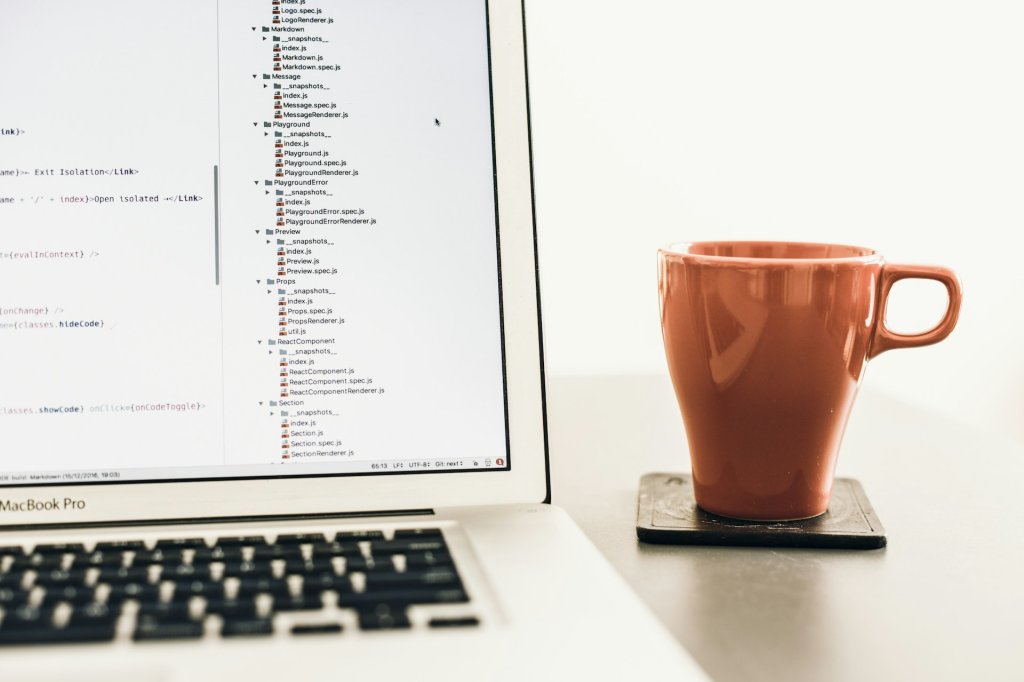Discover Starfolk’s expertly written eBooks on programming, frameworks, and web tools — from beginner basics to pro-level skills. Shop Now & Start Building →
How to Create a Simple HTML Table in Minutes
Tables are a fundamental part of HTML and are essential for organizing data in a structured format. Whether you’re looking to display product information, present data, or create a pricing chart, tables are a great way to keep your content organized and easy to read. In this blog post, we'll walk you through the steps to create a simple HTML table in just a few minutes. By the end, you’ll be able to use HTML tables effectively in your projects.
What is an HTML Table?
An HTML table is a structured format for displaying information in rows and columns. Think of it as a spreadsheet or a matrix, where each cell holds a piece of data. HTML tables are defined with the <table> tag and contain rows defined by the <tr> (table row) tag. Inside these rows, data is placed in cells using the <td> (table data) tag. You can also use <th> (table header) tags to define headings for the rows or columns.
Basic Structure of an HTML Table
Before we dive into creating a table, it’s important to understand its basic structure. Here's what a simple HTML table looks like:
```html
<table>
<tr>
<th>Header 1</th>
<th>Header 2</th>
<th>Header 3</th>
</tr>
<tr>
<td>Row 1, Cell 1</td>
<td>Row 1, Cell 2</td>
<td>Row 1, Cell 3</td>
</tr>
<tr>
<td>Row 2, Cell 1</td>
<td>Row 2, Cell 2</td>
<td>Row 2, Cell 3</td>
</tr>
</table>
```
- <table>: The container for all table elements.
- <tr>: Defines a row in the table.
- <th>: Defines a header cell in a table, which is bold and centered by default.
- <td>: Defines a standard data cell in a table.
Step-by-Step Guide to Creating a Simple HTML Table
Let’s create a basic table step-by-step. We’ll start with a simple 3x3 table, including headers for each column.
Step 1: Setting Up Your HTML Document
To start, make sure you have a basic HTML document set up. Open your favorite code editor, create a new file, and save it as index.html. Add the following code to set up your HTML document structure:
```html
<!DOCTYPE html>
<html lang="en">
<head>
<meta charset="UTF-8">
<meta name="viewport" content="width=device-width, initial-scale=1.0">
<title>Simple HTML Table Example</title>
</head>
<body>
</body>
</html>
```
This code sets up the basic structure of an HTML page with a <head> and <body> section. We'll add our table in the <body> section.
Step 2: Creating the Table
Now, let's create a simple table. Inside the <body> tags, add the following code:
```html
<table border="1">
<tr>
<th>Product</th>
<th>Price</th>
<th>Quantity</th>
</tr>
<tr>
<td>Apple</td>
<td>$1.00</td>
<td>5</td>
</tr>
<tr>
<td>Banana</td>
<td>$0.50</td>
<td>10</td>
</tr>
</table>
```
Explanation:
- The <table border="1"> attribute is used to add a simple border around the table and its cells. It helps in visualizing the table structure, especially for beginners.
- The first <tr> tag creates a table row, which includes three <th> (table header) tags. These tags define the headings for each column: "Product," "Price," and "Quantity."
- The subsequent <tr> tags create additional rows. Inside each row, <td> tags are used to define the table data cells, filled with the content: "Apple," "$1.00," and "5" for the first row of data.
Step 3: Save and View Your Table
Save your index.html file and open it in a web browser. You should see a simple table with three columns: "Product," "Price," and "Quantity," and two rows of data displaying information about apples and bananas.
Adding Some Style with CSS
Now that you have a basic table, let’s add some CSS to improve its appearance. CSS (Cascading Style Sheets) is used to style HTML elements. Below the <title> tag in the <head> section, add a <style> tag with some CSS:
```html
<style>
table {
width: 50%;
border-collapse: collapse;
margin: 20px auto;
font-family: Arial, sans-serif;
}
th, td {
padding: 10px;
text-align: center;
border: 1px solid #ddd;
}
th {
background-color: #f2f2f2;
}
tr:hover {
background-color: #f5f5f5;
}
</style>
```
Explanation:
- width: 50%: Sets the width of the table to 50% of the browser window, making it more responsive.
- border-collapse: collapse: Collapses the borders of the table into a single border, giving a cleaner look.
- margin: 20px auto: Centers the table on the page with some space above it.
- font-family: Arial, sans-serif: Sets the font style for the table content.
- padding: 10px: Adds padding inside the table cells to make the content more readable.
- text-align: center: Centers the text inside table cells.
- border: 1px solid #ddd: Defines a light gray border around the cells.
- background-color: #f2f2f2: Sets a light background color for header cells for differentiation.
- tr:hover: Adds a hover effect to table rows, changing the background color when the mouse hovers over them.
Final Table Example
Here’s what your full HTML file should look like with the CSS styling included:
```html
<!DOCTYPE html>
<html lang="en">
<head>
<meta charset="UTF-8">
<meta name="viewport" content="width=device-width, initial-scale=1.0">
<title>Simple HTML Table Example</title>
<style>
table {
width: 50%;
border-collapse: collapse;
margin: 20px auto;
font-family: Arial, sans-serif;
}
th, td {
padding: 10px;
text-align: center;
border: 1px solid #ddd;
}
th {
background-color: #f2f2f2;
}
tr:hover {
background-color: #f5f5f5;
}
</style>
</head>
<body>
<table border="1">
<tr>
<th>Product</th>
<th>Price</th>
<th>Quantity</th>
</tr>
<tr>
<td>Apple</td>
<td>$1.00</td>
<td>5</td>
</tr>
<tr>
<td>Banana</td>
<td>$0.50</td>
<td>10</td>
</tr>
</table>
</body>
</html>
```
Conclusion
Congratulations! You’ve just created a simple HTML table in minutes. By understanding how to structure your data using <table>, <tr>, <th>, and <td> tags, you can organize information on your web pages effectively. Adding some CSS styling makes your table look visually appealing and enhances user experience. As you become more comfortable with HTML and CSS, you can explore additional features such as merging cells, adding more complex styling, or incorporating JavaScript for dynamic data updates.
Further Learning
If you're interested in diving deeper into web development, consider exploring more advanced HTML elements, CSS techniques, and JavaScript functionalities. Practice by creating more complex tables and experimenting with different styling options. Remember, the best way to learn is by doing!
---
Ready to master HTML and CSS? Get our comprehensive eBook.
Packed with easy-to-follow tutorials, practical examples, and expert tips, this eBook will guide you from the basics to advanced techniques. Click here to purchase your copy and kickstart your web development journey!
More articles
The Best Free HTML Formatters You Can Use Today
A good HTML formatter can help you write cleaner, more readable, and maintainable code

Founder/CEO
The Best HTML Editors for Beginners: A Simple Guide
If you're just starting your journey into web development, choosing the right HTML editor can make a significant difference

Founder/CEO
Easy Ways to Style Your HTML Tables for Better Looks
HTML tables are a versatile tool for organizing and presenting data on web pages

Founder/CEO



